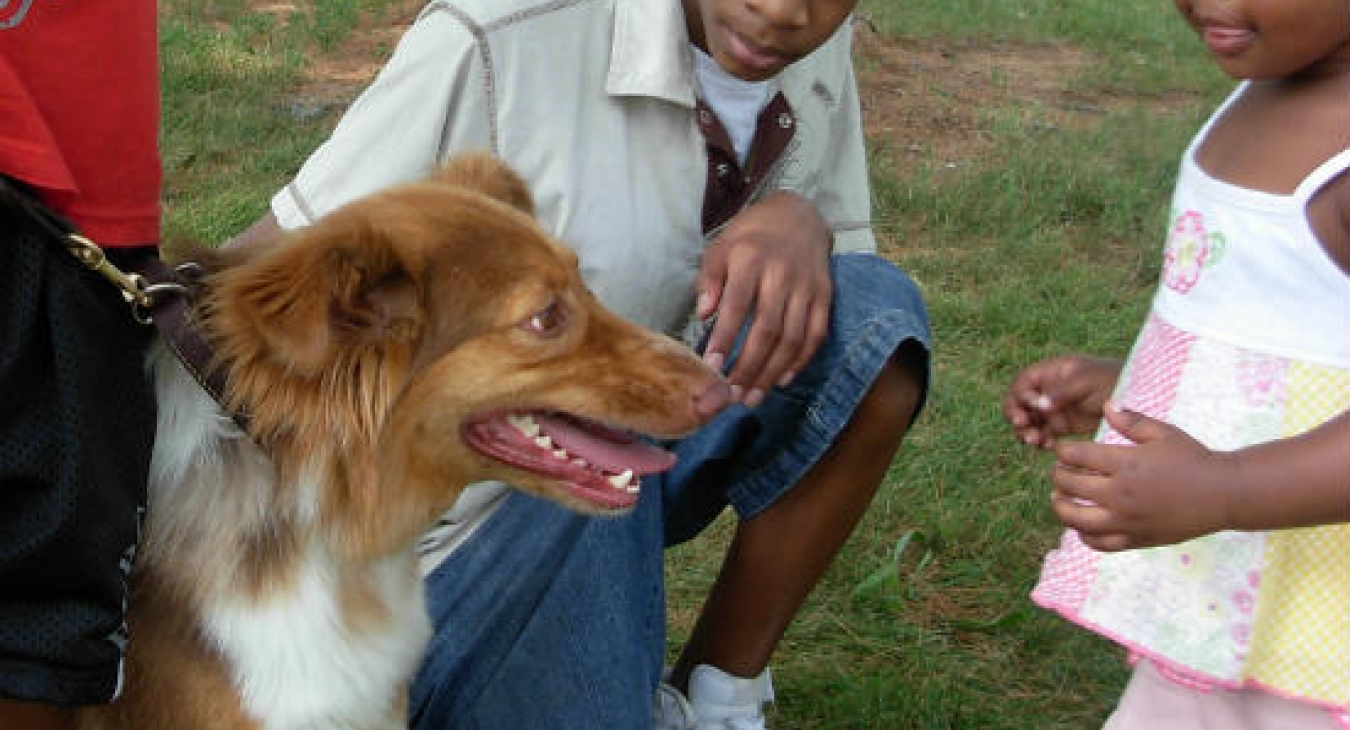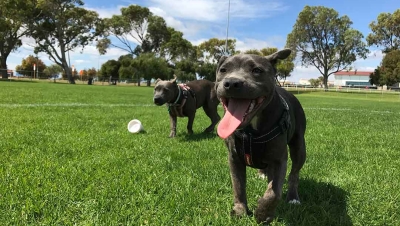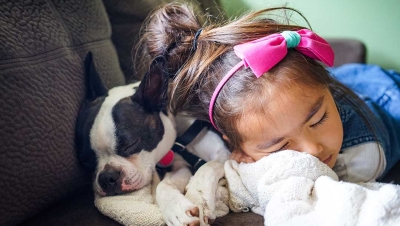Photo by outlier dogs via Flickr
Animal kindness teaches kids empathy
Playing outdoors is beneficial for children as it gives them a way to stay active while being surrounded by nature. Moreover, it gives kids a way to socialize as a day in the playground or someone’s backyard gives them the opportunity to make new friends. Being outside also gives children opportunities to see different birds and animals, and while most kids have a natural love for animals, it’s important to teach them how to love and respect the animals they share their environment with. Children can certainly learn how to care for animals at volunteer centers and in school, but as parents, it’s imperative to give them a little extra education in order to stay safe while interacting with animals. Moreover, teaching kids to respect animal life helps them to develop kindness towards all creatures and become better individuals as they grow. Here are some tips to teach your child to respect and be kind to animals.
Teach them to observe animals in their natural setting
Part of effectively teaching your child to respect animals is to make them learn how to observe animals in their natural setting. This means simply looking at them and taking note of their behavior or appearance without disturbing or scaring them away. For instance, certain birds like to drink from ponds or outdoor wall or freestanding water fountains, so it’s important to teach kids not to drive them away if they see any avian life stopping by a fountain for a drink of water. Teach them to observe animals without touching. They can watch as butterflies land on nearby bushes or look under rocks to find bugs or centipedes.
Encourage your child to clean up litter
One way to teach a child to care for animals is to encourage him or her to clean up any litter that they find on the playground or in your backyard. Explain how cats and dogs can get poisoned from seemingly innocuous items such as chocolate, cleaning products, batteries, and fabric softener sheets. Small birds can choke on small pieces of plastic, while ducks, fish, and other creatures that live in the water can be harmed by plastic soda rings and other trash. Set a good example by not littering and taking the initiative to clean up.
For the children of pet owners, picking up and disposing of your pet's waste while in a public park or the dog park shows responsibility, no matter how unpleasant the job. Pet waste stations are now the norm in most public spaces where dogs are allowed.
Be respectful of habitats
Teach children that the outdoors is home to diverse wildlife, even those that they can’t see. They should never take nests out of trees or disturb a squirrel’s burrow. They should also know never to chase after animals and to back off if household pets seem upset or scared. Remind your child never to pet a strange animal and to ask permission first before interacting with another person’s pet.
Teaching children to care for and respect animal life lets them know the importance of being kind to all creatures, whether great or small. Learning kindness to animals at an early age can benefit children as it helps them become better and more compassionate individuals as they grow.









These are wonderful ways to
These are wonderful ways to teach kids to be kind to animals (and people)!